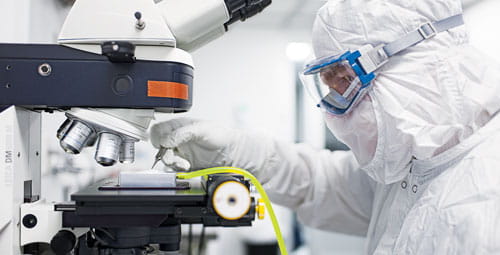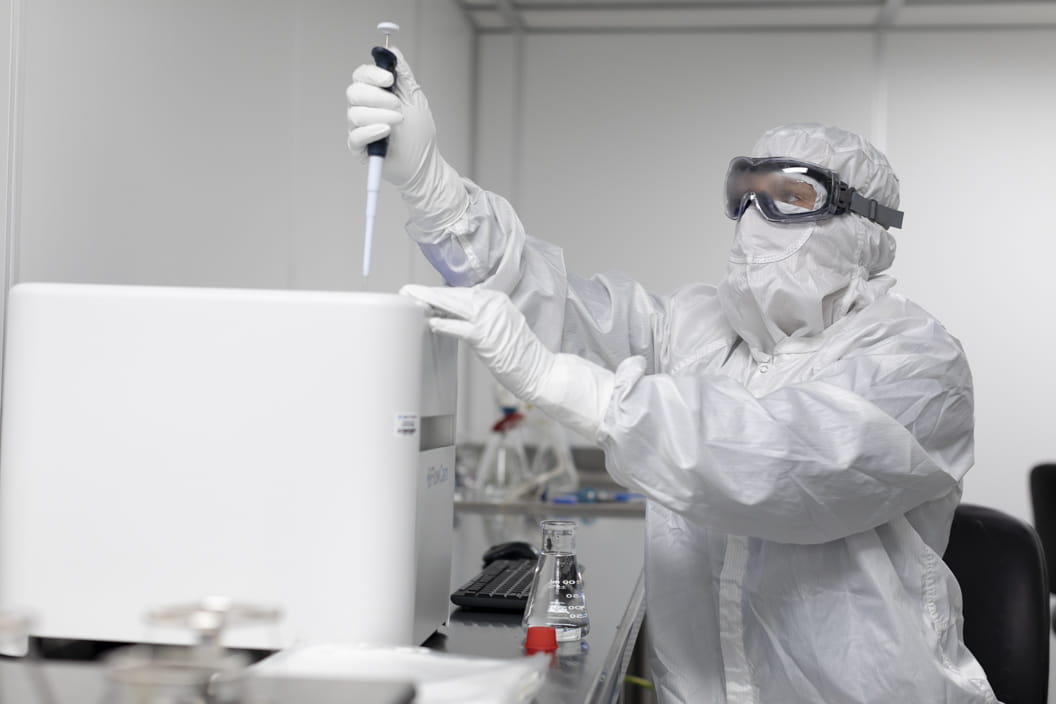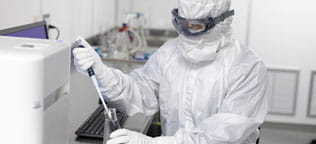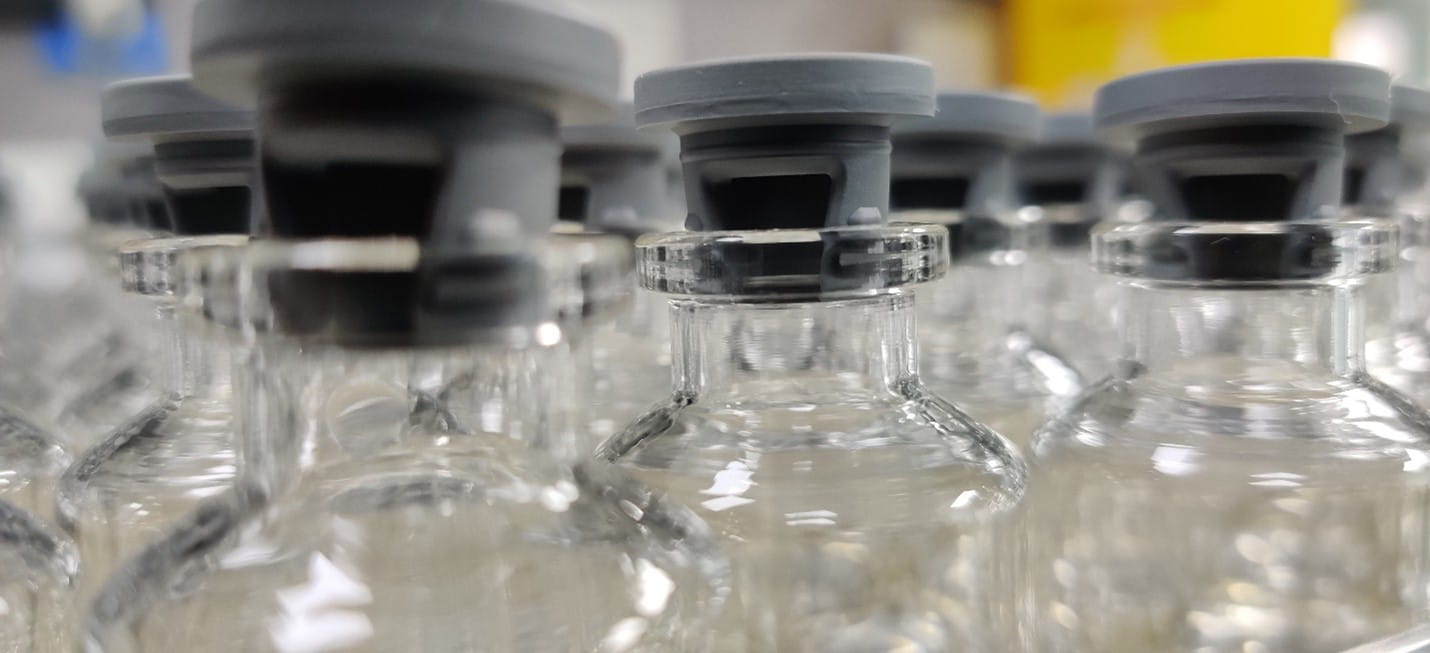Particle Size Analysis – To Trust or Not?
The level of particles in parenteral pharmaceutical formulations is a critical quality attribute. This is no surprise; the clinical consequence of their presence can be very severe, including fatality. In the major pharmacopeia, from the US, Europe, and Japan, there is a specified limit for particles in the final parenteral formulation. Moreover, these pharmacopeia specify two methods for measurement – light obscuration (LO) and microscopic particle count (MPC).
![]()

For the analysis of drug product, LO is the primary method and, MPC should be used only if LO is not adequate or not possible. However, for the analysis of components, both MCP and LO are recommended. MCP is more effective at detecting particles >25µm in diameter. Additionally, MCP allows for the use of surfactant in the extraction, which improves the ability to rinse particles from the component surface. However, LO can be used effectively for the analysis of sub-visible particulate on components, if used appropriately. The principle behind LO is simple. The sample solution is drawn into an illuminated flow cell path; particles in the sample solution obscure light. The degree of obscuration is dependent upon the size of the particles. Data are compared to that for standard polystyrene beads; an equivalent spherical diameter of particles is calculated. With today’s technology, it is more efficient and requires less labor.But – are the results from LO accurate and reflective of the actual quality of the samples tested? To ensure the answer is yes, the following conditions are necessary:
a) robust pre-rinse protocol – to avoid any effects of disturbance
b) appropriate dilution – a solution too concentrated may cause coincidence of particles
c) test solution free of bubbles
d) particle-free test environment
e) sufficient difference in refractive index difference between particles and test solution
With good understanding of the test method, and proper conditions, the LO method is effective and reliable for the analysis of sub-visible particulate on components.Because LO is not able to provide any information about particles other than size and count, it is beneficial to supplement the LO analysis with Dynamic Image Analysis (DIA). DIA such as the FlowCam 8100 captures images of particles as they pass through a flow cell. The images allow different particle characteristics to be evaluated. For particles >5µm in diameter, particles can be classified by these characteristics. This allows for the distinction of separate particle types. Special particles can be separated from fiber-like particles and so on. DIA cannot replace LO analysis, but for these reasons should be considered as an additional tool for the analysis of sub-visible particles.
Particle Analysis is a thrust area for
West Analytical Services, LLC. For more on how West can support,
contact your Account Manager or Technical Customer Service representative.













